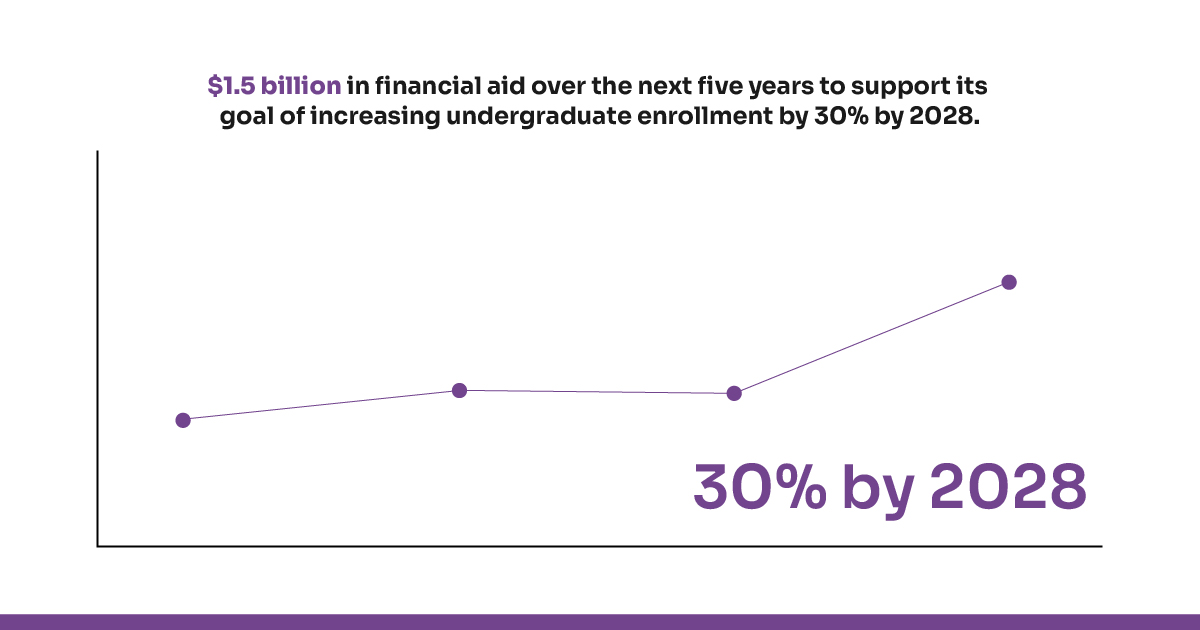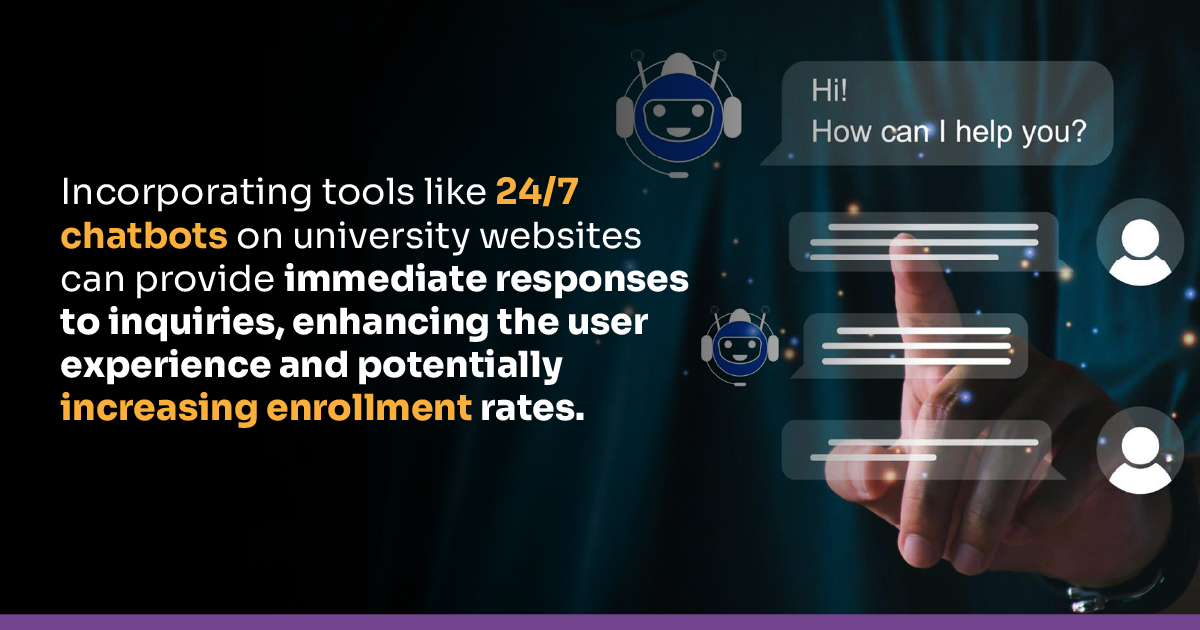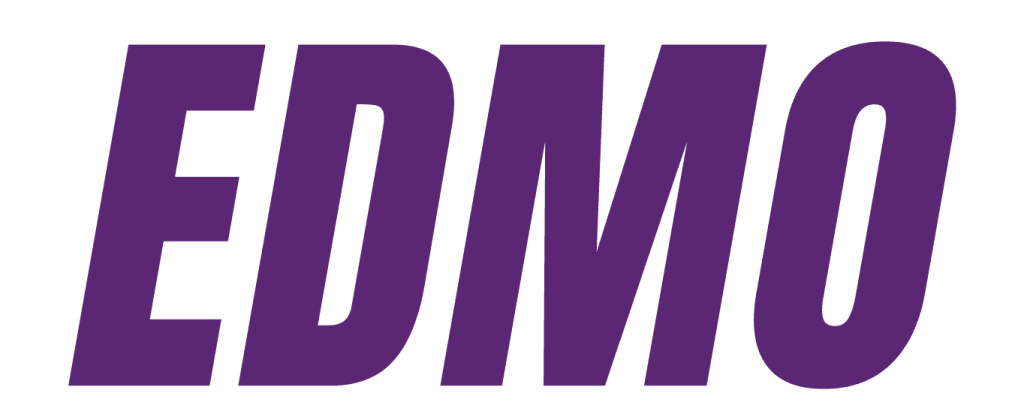Explore effective, research-backed strategies to increase student enrollment by addressing key challenges such as declining demographics, rising tuition, and evolving student expectations through digital marketing, personalised communication, financial aid programs, and data-driven outreach.
Table Of Contents
Colleges today are facing one of the most challenging enrollment climates in decades. First-year enrollment has seen sharp declines, especially at four-year institutions, with reports showing a drop of more than 6% in Fall 2024 compared to the previous year. As competition intensifies and student expectations evolve, institutions are actively searching for practical and scalable ways to attract and retain learners.
Increasing Student Enrollment is a pressing challenge for educational institutions worldwide, driven by shifting demographics, changing student expectations, and global competition. According to UNESCO, international enrollment in tertiary education has more than doubled over the past two decades, reflecting a growing demand for higher education.
In the United States, first-year college enrollment saw a notable 5.5% increase in Fall 2024, adding approximately 130,000 students compared to the previous year. This surge indicates a rebound in student interest; institutions must adapt to maintain and enhance this growth. For example, Rice University plans to expand its undergraduate population by 30% by 2028, investing over $1.5 billion in financial aid to support this initiative.
Conversely, geopolitical factors have affected enrollment patterns. Recent U.S. immigration and trade policies have led to a decline in Chinese student enrollment in American universities, prompting many to consider alternative destinations such as Canada, the UK, and Hong Kong. Canadian institutions, for instance, have reported a significant rise in applications from U.S.-based students, which can be attributed to policy changes and concerns over academic freedom in the U.S.
These trends underscore the need for proactive strategies to attract and retain students. Institutions must leverage digital marketing, enhance financial support, and foster inclusive environments to remain competitive in the global education landscape.
What challenges do Universities face in increasing student enrollment?
Universities face a wide range of challenges when it comes to increasing student enrollment, especially in a competitive, globalised, and digitally-driven education landscape. Here are some of the key challenges:
1. Demographic Decline
In several developed nations, declining birth rates have led to a reduction in the number of college-age students. This demographic shift—often referred to as the “enrollment cliff” and is projected to impact institutions significantly, particularly in the U.S. starting around 2025. As a result, universities are facing smaller applicant pools and heightened competition to attract students.
2. Rising Tuition Costs
The escalating cost of higher education remains a significant obstacle in efforts to increase university enrollment. For the 2025–26 academic year, average published tuition and fees rose by 2.9% for in-state students at public four-year institutions and 4.0% at private nonprofit colleges. These rising costs intensify worries about student debt and return on investment, pushing many prospective students toward more affordable options.
3. International Enrollment Challenges
Universities also face headwinds when trying to boost international enrollment, as shifting geopolitical tensions and tighter visa policies disrupt global student flows. In fact, new international student enrollments in U.S. colleges dropped by 17% in fall 2025, according to a survey of over 800 institutions.
4. Digital Disruption
Today’s students expect flexible, technology-enabled learning environments. Institutions that have been slow to adopt digital tools or hybrid learning models are finding it difficult to compete with more agile education providers, including online platforms and EdTech companies.
5. Shifting Student Expectations
Modern students, especially from Generation Z, value holistic educational experiences. Their priorities include mental health support, campus diversity, and programs that are aligned with real-world skills and career readiness. Traditional academic models that lack adaptability are losing appeal among these learners.
6. Ineffective Marketing and Outreach
Many universities continue to rely on conventional outreach methods, failing to engage students through personalized digital campaigns, social media, or data-driven content strategies. A lack of a strong online presence and social proof can significantly hinder enrollment efforts.
7. Increased Competition from Alternative Providers
The higher education landscape is becoming increasingly crowded. Universities now compete not only with other academic institutions but also with bootcamps, professional certificate programs, and online learning platforms that offer flexible, cost-effective, and career-oriented solutions.
Read more: How can Student Inquiry Management be transformed through AI solutions?
Some Effective strategies to solve these challenges
To tackle the obstacles that limit enrollment, universities must adopt smarter, data-driven approaches. The following solutions highlight how to increase student enrollment in college by leveraging modern tools, targeted communication, and student-centric planning. These enrollment growth strategies for higher education can help institutions strengthen recruitment pipelines, boost engagement, and improve overall conversion outcomes.
1. Leverage Predictive Analytics for Targeted Recruitment
By leveraging predictive analytics, universities can pinpoint prospective students who are highly likely to enroll — using data points like academic scores, engagement behavior, and demographic information to guide outreach. Institutions using such models have reported a 15%–20% boost in enrollment yield when they focus efforts on high-intent prospects. EDMO Conversation Intelligence enhances this further by giving admissions teams real-time insights into student intent, objections, and engagement quality.
2. Enhance Financial Aid and Scholarship Programs
Offering competitive financial aid packages and scholarships can significantly influence a student’s decision to enroll. Rice University, for example, plans to invest over $1.5 billion in financial aid over the next five years to support its goal of increasing undergraduate enrollment by 30% by 2028.

3. Implement Personalized and Automated Communication
Modern students expect prompt and personalized communication. Incorporating tools like 24/7 chatbots on university websites can provide immediate responses to inquiries, enhancing the user experience and potentially increasing enrollment rates.
Similarly, EDMO’s Conversation Intelligence transforms student interactions with AI-powered chatbots and voice assistants. These tools provide real-time, personalized support across various channels, managing everything from admissions inquiries to financial aid guidance. This automation guarantees that students receive accurate information instantly, enhancing their overall experience and boosting institutional efficiency.

Read more: Thrive with AI: Use Real-Time Analytics to Boost Student Engagement
4. Engage Parents in the Enrollment Process
Parents often play a crucial role in the college decision-making process. Data indicates that 55% of students cite parents as the most influential voice in their college search. Engaging parents through targeted communications can lead to higher application and enrollment rates.
5. Utilize Data-Driven Marketing Strategies
Analyzing data from various sources, such as website traffic and social media engagement, enables universities to refine their marketing strategies. Tailoring content to target specific demographics can improve conversion rates and overall enrollment.
Summary
Improving student enrollment today requires more than traditional recruitment tactics — it demands innovation, personalization, and data-driven decision-making. By implementing these five strategies, institutions can adopt effective solutions to improve college enrollment and create a more engaging, student-centered experience. Ultimately, understanding how to increase student enrollment in college comes down to meeting learners where they are, addressing their evolving needs, and delivering clear value that inspires them to choose and stay with your institution.
Also Read: Blockchain technology: Enhancing education while cutting costs
5 AI tools that can save school counselors’ time
4 Best Chatbots For The Higher Education Industry
Empowering university career services | A case study of SRM University










No comments yet. Be the first to comment!
Leave a Comment